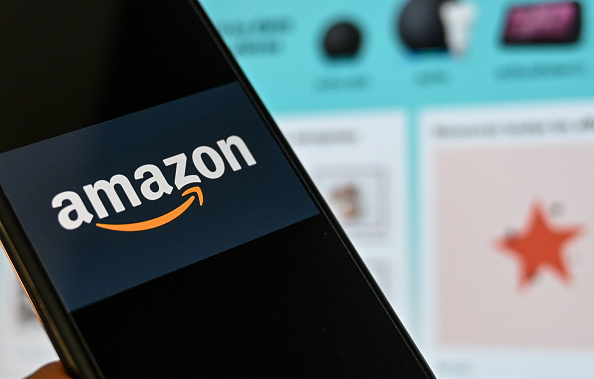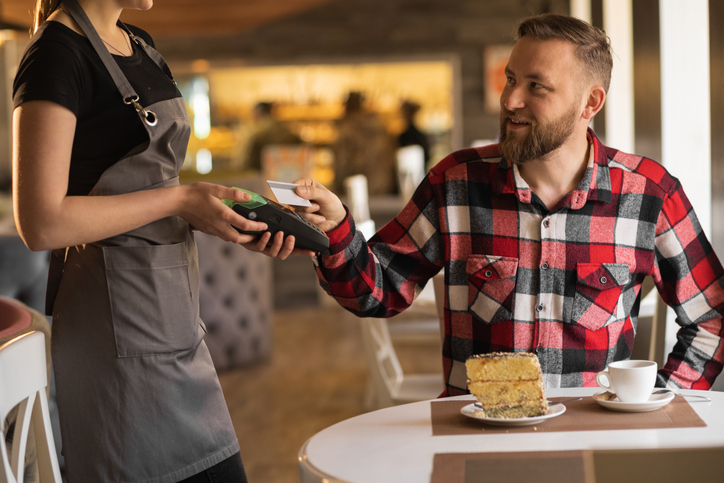Black Friday is on the horizon. For some, November 25th is a unique opportunity to bag a bargain, while for others, the day conjures up a nightmare of sprawling queues and rowdy shoppers.
In recent years Black Friday has travelled across the Atlantic and slowly gained popularity with UK shoppers and retailers alike. In 2015, over £3 billion was spent over the duration of the Black Friday weekend, with consumers spending £1.1 billion on the day itself and a further £943 million on Cyber Monday.
The Black Friday weekend is often seen as a measure of high street vitality; habitually wheeled out by pundits as indicative of the growth of online shopping at the expense of in-store retail. To some extent, the rise of online shopping does eat into high street retailers’ market share, but for the most part these gloomy prophecies hit wide of the mark.
Black Friday is more than an acid test for the state of the retail industry. The day is representative of a different development – the convergence of online and in-store retail, rather than the dichotomy it is often presented as.
While seasonal campaigns are responsible for driving retailers ‘into the black’, many companies also owe the increase in trade to a reorientation of their digital and physical presences.
Retailers have navigated the Black Friday storm by offering in-store and online promotions as part of an ‘omnichannel’ retail strategy. This approach aims to provide a uniform experience that reflects the modern consumer’s expectations of connectivity.
Consumers compare prices
A report by Rockpool Digital finds that 63 per cent of consumers visiting a store compare prices online before buying. Customers everywhere make choices based on a combination of in-store and online information.
In this new style of retailing flexibility is king. It’s no secret that many customers prefer the experience of online shopping, choosing to stay at home to avoid the crowds and queues, while others enjoy the personal touch of an in-store experience. Smart retailing caters to each of these preferences, offering customers a universal experience where information is shared between in-store and digital channels.
In a sense, this type of retailing is nothing new. The omnichannel approach is more evolution than revolution. Retailers have been recognising the value of merging online and in-store services for the past few years. Beginning with the advent of Click and Collect, many major retailers have begun the process of homogenising digital and physical prices, products and services.
Retailers are beginning to grasp that splitting the burden between digital and physical platforms affords them the flexibility to increase sales throughout the year and cope in periods of abnormal demand or supply. As the Black Friday weekend approaches, astute retailers will have made arrangements to offer promotions throughout the week in order to sell excess stock and avoid a last-minute rush.
A brick and mortar presence
As traditional retailers grapple with the realities of modern marketing, online-only businesses are beginning to venture into the physical world. Just as brick and mortar retailers have expanded their online presence, we are currently witnessing e-commerce sites opening their newly-constructed doors to customers. In the US, major online players including Amazon have launched stores in an effort to personalise their relationship with consumers.
The in-store retailing renaissance is no more acute than in the fashion industry. The popular men’s e-tailor Bonobos opened a flagship ‘guideshop’ on Manhattan’s Fifth Avenue in 2015. Customers can browse, try on and buy clothes providing they’re comfortable with an unusual caveat – that they leave the store empty handed and their order is shipped to them free of charge.
The process of digital and physical synchronisation is happening from above and below. Store-bound retailers seek to manage stock with flexibility, whilst online outlets are opening stores to build closer customer relations.
The vast majority of successful companies understand that online and in-store purchases are intimately linked, that connectivity sits at the heart of modern retailing and that the division of in-store and digital retail is coming to a timely end.
The high street is not dying. The old rules of retail are.
Elizabetta Camilleri is founder and CEO of Shopological.





